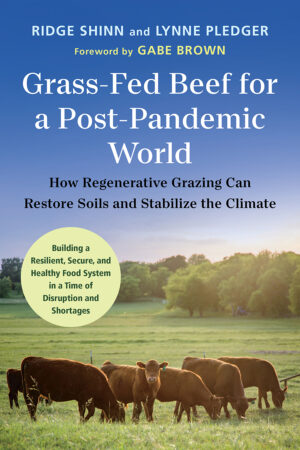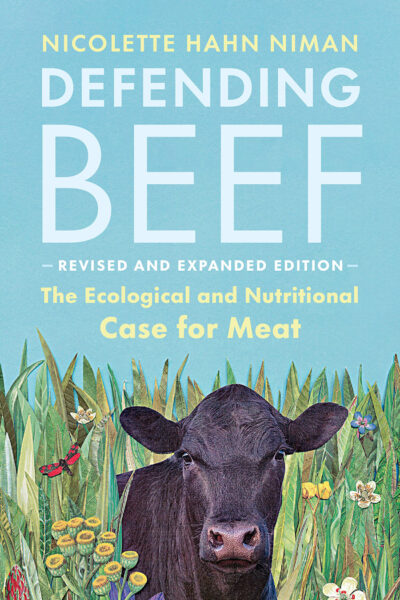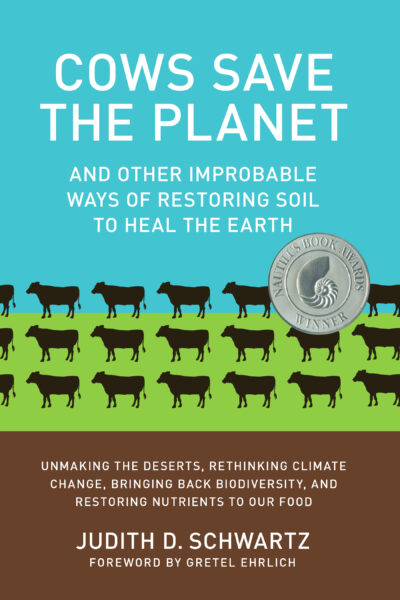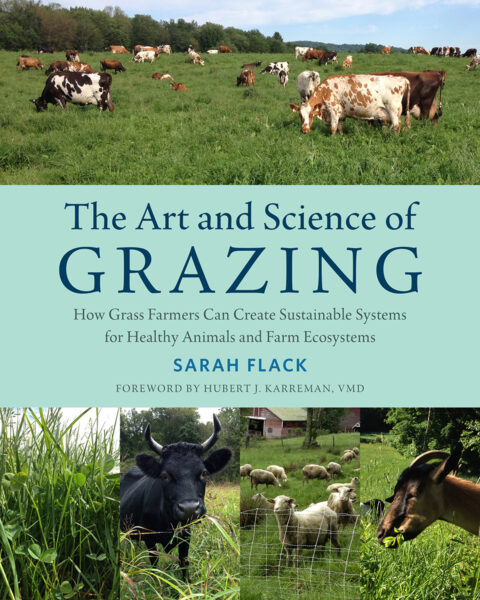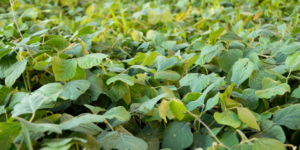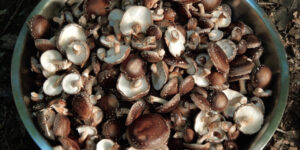Feeding the World: Why Regenerative Grazing Is So Important
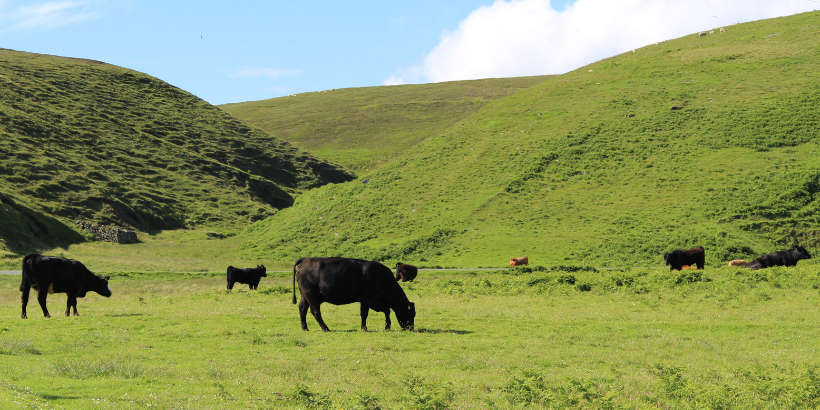
How can we learn from our mistakes and pave a way for sustainable, nutritious, local meat? In Grass-Fed Beef for a Post-Pandemic World, Lynne Pledger and Ridge Shinn take readers on a journey through production agriculture to show how regenerative grazing can benefit our climate and environment.
The foreword below by Gabe Brown, bestselling author of Dirt to Soil and pioneer of the soil-health movement, highlights the true significance of this practice.
The following is an excerpt from Grass-Fed Beef for a Post-Pandemic World by Lynne Pledger and Ridge Shinn. It has been adapted for the web.
Grass-Fed Beef for A Post-Pandemic World: A Foreword by Gabe Brown
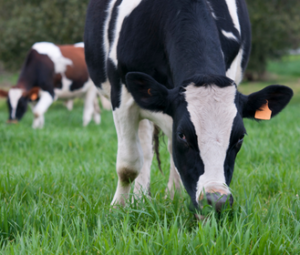 It seems that every day we wake up to a new crisis, from the COVID-19 pandemic and high fuel prices to empty store shelves and war in Ukraine. Our world is in a constant state of change. While many cry doomsday, some, like Ridge Shinn and Lynne Pledger, know that the secret to resiliency in a changing world can be found through healthy soil, created with the help of grazing ruminants.
It seems that every day we wake up to a new crisis, from the COVID-19 pandemic and high fuel prices to empty store shelves and war in Ukraine. Our world is in a constant state of change. While many cry doomsday, some, like Ridge Shinn and Lynne Pledger, know that the secret to resiliency in a changing world can be found through healthy soil, created with the help of grazing ruminants.
Relying on a lifetime of experience with cattle and resource conservation, Ridge and Lynne take us on a journey through production agriculture in the United States. They explain how farmers and ranchers went from grazing livestock on pasture to confining cattle in grassless pens where grain and by-products are brought to them—grain and by-products that are grown with synthetics (fertilizers, pesticides, and fungicides) and the heavy use of fossil fuels. These practices, in no small part, have led to the degradation of our soils, our waters, and, at least to some degree, our health.
This has led many to vilify animals, cows in particular, and falsely claim that they are largely responsible for climate change. This book helps to set the record straight: This new method of grazing cattle has a net climate benefit. As Ridge and Lynne so truthfully state, “Regenerative grazing will change the way our society thinks about beef, because the grazing itself is as significant as the meat.”
The Significance of Grazing
The act of grazing as significant as the meat itself? Yes! Few are aware of just how important it is for plants to be grazed. For eons, the simple act of an herbivore biting off part of a plant has led to what Dr. Allen Williams refers to as “positive compounding effects.”
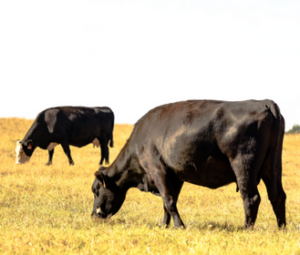 The herbivore, such as a cow, bites a plant; the plant releases root exudates (carbon compounds); fungi and bacteria feed on the exudates; protozoa and nematodes feed on the fungi and bacteria, excreting excess nitrogen, which is then used by the plants for growth. Microorganisms also help to bind sand, silt, and clay particles together into aggregates, and those aggregates allow water to infiltrate the soil instead of flowing off over the surface. Infiltrated water absorbed into the carbon in the soil helps make farmland resilient to drought. The positive compounding effects generated by grazing animals go on and on.
The herbivore, such as a cow, bites a plant; the plant releases root exudates (carbon compounds); fungi and bacteria feed on the exudates; protozoa and nematodes feed on the fungi and bacteria, excreting excess nitrogen, which is then used by the plants for growth. Microorganisms also help to bind sand, silt, and clay particles together into aggregates, and those aggregates allow water to infiltrate the soil instead of flowing off over the surface. Infiltrated water absorbed into the carbon in the soil helps make farmland resilient to drought. The positive compounding effects generated by grazing animals go on and on.
Ridge and Lynne take a deep dive into this soil health, plant health, animal health, and human health connection. It is this connection that has the ability to bring us together. No matter where your interest lies—be it climate change, clean water, profitability for farmers and ranchers, the revitalization of our rural communities, or improved human health—regenerative agriculture, driven by adaptively grazed cattle, can address many of the issues we face as a society. We can come together, finding common ground for common good.
I believe that we must continue to educate ourselves, no matter what profession we are in. To keep honing our skills, we must learn from those with experience. In Grass-Fed Beef for a Post-Pandemic World, Ridge and Lynne share their lifetimes of experience. In fact, every chapter highlights stories of people, places, and predicaments that Ridge encountered over the years as his understanding of grass-fed beef production developed.
I learned from this book and am confident that you will, too.
— Gabe Brown, June 2022
Recommended Reads
Recent Articles
Want to see your crops thrive this upcoming growing season? The key is in soil fertility and health. Spend time maintaining your soil’s health to guarantee bigger and better crops come harvest time! The following is an excerpt from No-Till Intensive Vegetable Culture by Bryan O’Hara. It has been adapted for the web. What Is Soil Fertility?…
Read MoreMany know the effects of catnip on our feline friends, but few realize that catnip has medicinal effects for humans. From stomach aches to reducing fevers, catnip is a versatile herb with many benefits. The next time you grow this plant for your cat you may end up taking a few cuttings for yourself! The…
Read MoreIt’s time to take control of your seeds and become a plant breeder! Saving your seed allows you to grow and best traditional & regional varieties, and develop more of your own. The following excerpt is from Breed Your Own Vegetable Varieties by Carol Deppe. It has been adapted for the web. Becoming A Plant…
Read MoreTrying to figure out how to manage weeds in your garden beds? Use cover crops and living mulches for weed suppression while your garden flourishes! The following is an excerpt from The Ecological Farm by Helen Atthowe. It has been adapted for the web. Suppressing Weeds With Cover Crops: Getting Started Cover crops suppress weeds…
Read MoreInterested in becoming a mushroom farmer? Shiitake mushrooms are one of the easiest and most profitable places to start. The following is an excerpt from Farming the Woods by Steve Gabriel and Ken Mudge. It has been adapted for the web. (Photographs courtesy of Steve Gabriel and Ken Mudge unless otherwise noted.) The Stunning Shiitake…
Read More

